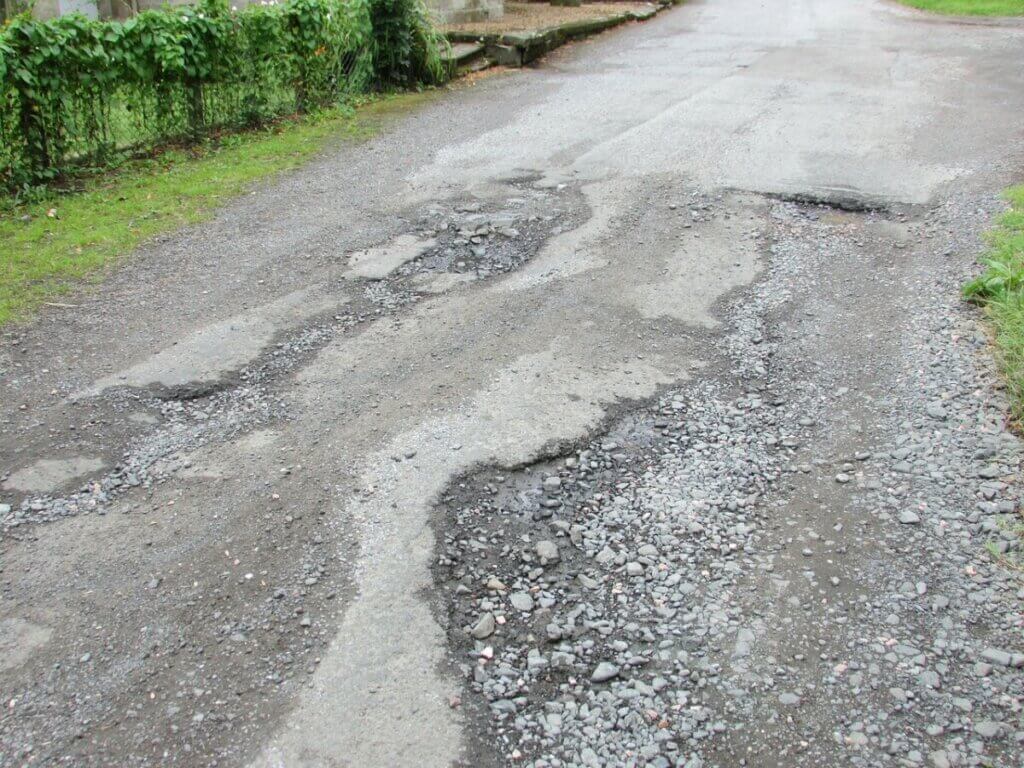Planning for road construction and repairs can be a huge burden on the time and resources available to the engineering offices of municipalities. It is no small feat to manage driving hundreds or even thousands of miles to inspect and rate road conditions, creating a plan to fix necessary damage, all while keeping within a budget. To make things even more challenging, municipalities also juggle citizen reports and feedback from local council members on where to make pavement improvement. The combination of all these factors make resource allocation for pavement planning a difficult job!
Director of Engineering for the municipality of Bethel Park, Stacey Graf, knows very well the plights that are often associated with planning road construction. With 184 centerline miles of roads within their jurisdiction, the time it takes to drive Bethel Park roadways for inspection is half of the battle for planning. RoadBotics AI pavement inspection tools free up the time and effort city officials spend on these tasks, enabling them to focus on the critical planning aspect of pavement management.
Saving Pavement Planning Resources with RoadWay Point Data
Since using their RoadBotics pavement assessment, Stacey has reported a decrease of around 75% of the amount of time and resources spent driving within the planning process. The most instrumental part of the assessment for producing these results has been the use of the point data.
“I prefer the points more,” said Stacey. Instead of the average ratings that the segment view provides, the point data gives the individual precise ratings of each 10-foot point along each segment. “[The points view] allows us to see the variations within the different sections of a road.”
Stacey is currently using Bethel Park’s first RoadBotics assessment to create a 5-year plan. By toggling on only the level-4 and level-5 points, Stacey was able to focus her pavement planning resources on the poorest quality roads in their network. Her 5-year plan targets problem areas rather than spreading valuable resources across the entire network.
What Is the RoadWay Point Data
RoadBotics point data is comprised of images representing 10-foot areas of pavement along a customer’s entire road network. RoadBotics collects these high-resolution images using smartphones. Each image is then analyzed using RoadBotics machine learning process. The resulting images each possess a color-coded 1-5 surface condition rating, a timestamp of when the image was taken as well as the GPS latitude and longitude of the image.
Customers access the point data of their assessments on the online RoadWay platform, which enables them to have a comprehensive photographic view of their entire network anywhere they can access the web.
Having Precise Images Enables Data-Driven Maintenance Decisions
“The pictures that are associated with the points on the map are most helpful for my work,” says Stacey. “No matter what I’m working on I have the details of the road conditions in front me.”
When faced with the opportunity to justify the use of resources in one ward over another, Stacey has used the point data images to show council members clear visual evidence as to why she made the decisions and fixes that she did. She also uses the photos when receiving citizen reports of damage to their private property. When a resident report comes into her office, she simply types in the address of the reported damage area. RoadWay focuses in on that address, so that she can click and view the exact images located at the resident’s address. Using these images Stacey can determine whether the damage existed prior to or was caused by recent municipal construction without ever having to take time or resources to travel to the address for an in-person inspection.
“Google maps is great, but those images can be up to 5 years old,” says Graf. “That is why having these assessments, and maintaining recent assessments is so useful.”







